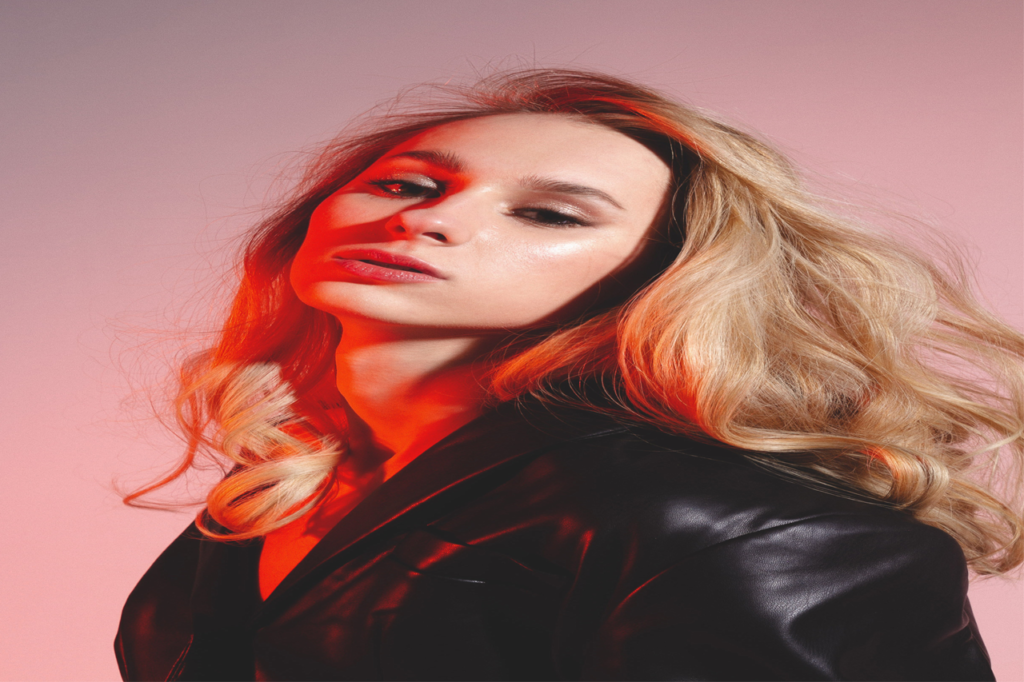The world of hair colors is vast and fascinating. We all know that blondes are more than just a fashion statement, but most of us don’t know that there are a variety of different ways to achieve Blonde Block Color Hair.
To put it simply, blonde is a hair color that is caused by the presence of an excessive amount of vitamin B. Blonde Block Color Hair is caused when the body doesn’t produce enough vitamin B in the hair shaft to compensate for the lack of pigment caused by artificial dyes. This article is going to talk about the different ways that you can achieve Blonde Block Color Hair, so that you can understand why some blondees are born, not made.
HUE THRESHOLDS
There are a few different ways to determine the “hue” of your hair. These include: – Method 1: Using a colorimeter – Method 2: Using an infrared reflector – Method 3: Using a UV reflector – Method 4: Using a color swatch
Dye
If you want to get technical, you can also refer to the “primary” color (which is actually a combination of several colors) as the “dye center.” The “secondary” colors (which are created when light scatters off the primary color) are known as the “tertiary colors” and are what make up the “blonde” of Blonde Block Color Hair.
There are a few different ways to dye your hair. You can either dye it a specific color or have it change color as the temperature changes. Dyeing at home is a great way to get the perfect color for your hair and avoid the expensive cost of a local hair dye shop. There are also many online hair dye services that you can use.
Color
There are actually a lot of different ways to color your hair. You can either have it dyed black, brown, red, or blonde, but the most popular is probably just colored hair. There are a couple of different types of color that you can use for Blonde Block Color Hair:
Pantone matched colors or natural dyes. When using a Pantone matched color, you’re basically following the manufacturer’s instructions and using the right color for your hair. When using a natural dye, you have more control over the color, but you might get a more realistic looking result.
Highlights
If you want your hair to be a specific shade of brown, you can dye it. However, this procedure is known as coloring the “crown,” so you will have a different hair color from the rest of your hair. This is the most basic type of highlights, and is achieved by using hot irons.
If you want your hair to be a darker shade of brown, you can do something called a “burn,” in which the hair is exposed to a high temperature. This is usually done at a beauty salon and means that your hair will be in a very unhealthy state when it is done.
There are a couple of different ways to go about this. The first is the “faux-hawk,” in which you create the illusion of a thicker hair by cutting it short. The second is the “crew-cut,” in which the hair is cut short, but not short enough to disguise the fact that it is actually longer in another part of the head. This is the result of a “bald” look.
Lowlights
If you don’t want your hair to be too blond, you can mix and match your desired colors. This is known as a “blonde-on-blonde” scheme and can result in a really unusual look. To avoid this, make sure that you are following the manufacturer’s instructions when it comes to the ligh-it-how-you-like-it section. You can also go with a “brown-on-brown” scheme, which is also a very unusual look, but can be really cute.
Drying Agents
If you’re worried about the color turning your skin orange, or the fact that you’ll have to go to the salon often to get it done, you can try using a special “bleach” that is specifically made for coloring hair. This kind of treatment will only last about a month, so you’ll have to be consistent with your bleaching treatments. You can also try avoiding showing your hair to people who don’t care for your natural hair color. If you do, they might ask you to color it again, which will probably cost more in the long run.
People Who Have Blonde Block Color Hair

Individuals with Blonde Block Color Hair have an abnormality in the way that they make protein, which is the raw material that keeps hair and skin cells together. This protein production problem can occur due to a gene mutation, environmental factors, or a combination of both. Blonde Block Color Hair is usually inherited, so if one of you has it, you’ll probably have it too. It’s probably best to get it checked out before wedding day.
Conclusion
As you can see, the complete range of Blonde Block Color Hair is a result of genetics, hair type, weather, and even your diet. While it is typically blonde at birth, the hair color can change to brown, red, or even black with the use of hair dyes. Try to stay informed about your hair color so that you know how to keep it looking good and avoid having it done wrong.

